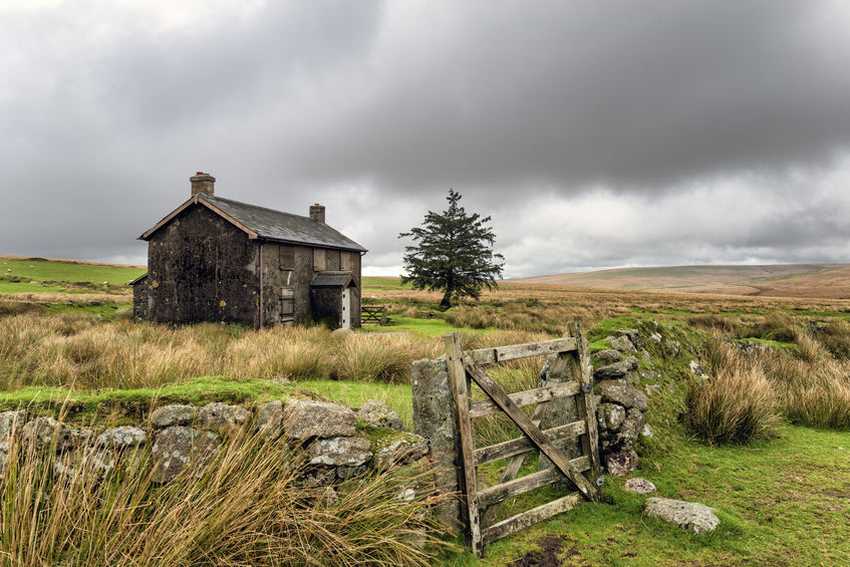
Derelict houses on farmland can be at risk of being considered as 'abandoned' which can lead to the legal loss of use as a residential dwelling, according to rural property specialists.
According to Cheffins, 'abandoned' properties can therefore be rendered with having minimal, if any value.
With a lack of housing and stringent planning constraints, as well as thousands of derelict properties across the UK, farmers and landowners have been urged to be aware of properties being considered as abandoned if they intend to eventually reuse them.
Ian Smith, Director in Cheffins’ Planning and Development team comments: “It is not uncommon to find cottages or small dwellings on farms and estates which have been left derelict to be viewed as ‘abandoned’, which can be critical to the future use of such properties.
“Owners may have long-held objectives to return these properties to beneficial use but may not have done so for a long period for various reasons – ownership complications, available finance, or simply there being other farm or estate priorities.”
Losing use rights
Abandonment is not a term defined in planning statute or regulations but a concept derived by the courts.
It describes a situation where a property has been disused to the extent that it has lost its existing use rights and has zero status in planning terms.
It follows that such a property cannot even be repaired or refurbished without the owner first obtaining planning permission.
Mr Smith continued: “Practice has demonstrated that there are three main factors in determining whether a property has been abandoned or not. These are the physical condition of the property, the length of non-occupation and the question of intervening uses.
“If a property is totally derelict, lacking utility provisions and requires total rebuilding then it is likely that it may well be considered abandoned and have lost any residential use rights.”
Period of non-occupation
Mr Smith said this would mean that for a farmer or landowner to bring this property back into residential use they would need to obtain planning permission for a new home.
He continued: “The period of non-occupation is also an indicator although there are no firm rules as to what is an acceptable period of non-use and there are cases where periods of several decades have not prevented confirmation of use rights.
“If a former residential property has been used to house livestock for a period of time, for example, then it also likely that the residential use rights will be considered to have been lost.”
The method of clarifying if a property has not been abandoned is to obtain a Certificate of Lawful Existing Use on application to the local authority.
In the case of a dwelling such an application would be to confirm a lawful Class C3 (residential) use.
